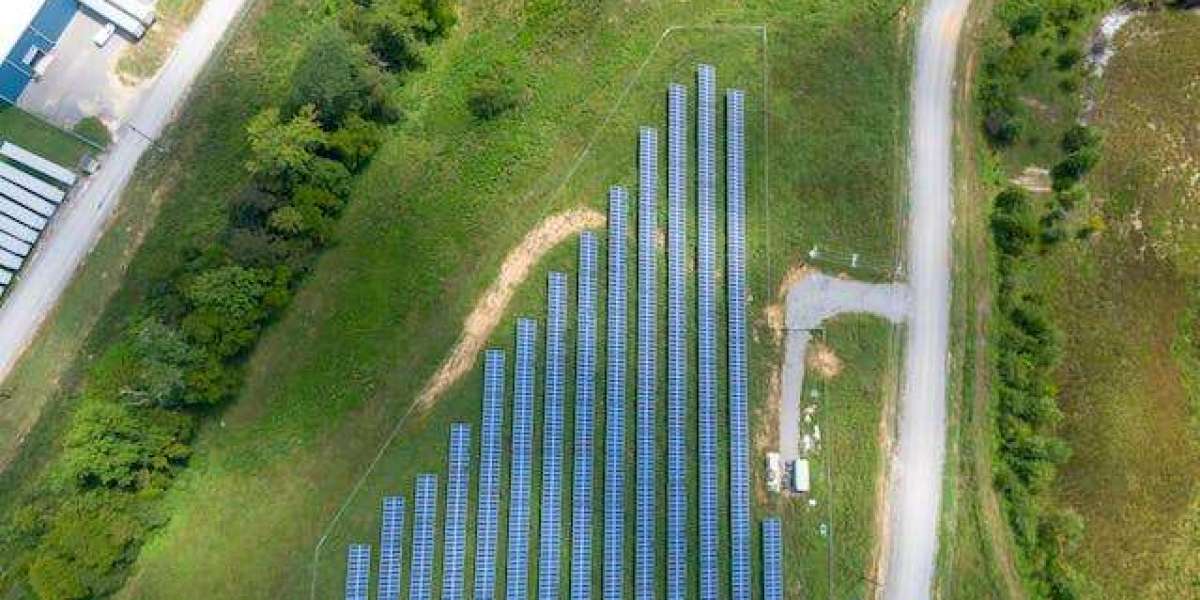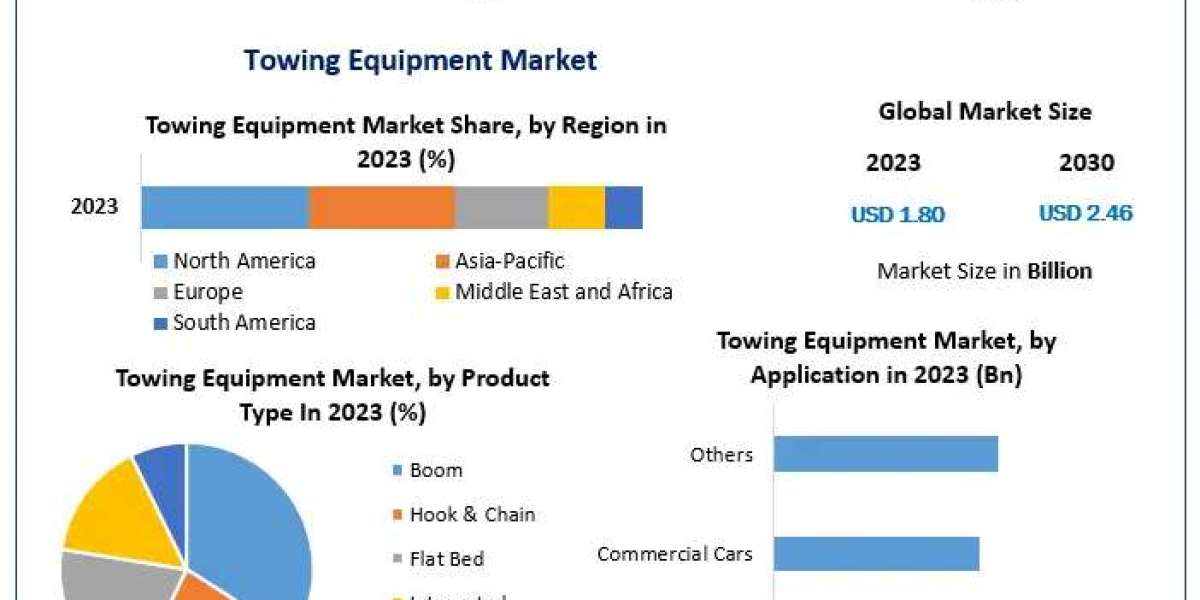1. Introduction
solar-powered ovens have become a novel alternative for those who are concerned about the environment in a world where sustainability and energy efficiency are becoming more and more important. These solar-powered ovens provide a sustainable and eco-friendly alternative to conventional fossil fuels for cooking food. With the help of this blog post, you will be able to construct your very own enormous solar-powered oven and get the benefits of solar cooking, all while lowering your carbon footprint.
Solar-powered ovens come in various shapes and sizes, but they all share a common goal: to utilize solar energy to generate heat for cooking. These ovens typically consist of reflective panels that concentrate sunlight onto a cooking chamber, where temperatures can reach high enough levels to bake, roast, or steam food effectively. The beauty of solar ovens lies in their simplicity and sustainability, making them ideal for environmentally conscious individuals looking to reduce their reliance on non-renewable sources of energy.
Adopting environmentally friendly habits, such as utilizing a solar-powered oven, encourages energy efficiency and helps save the environment. Conventional cooking techniques frequently use gas or electricity, which can increase resource depletion and carbon emissions. Solar ovens provide an economical and ecologically beneficial greener alternative by utilizing the sun's abundant power. You can enjoy delectable meals prepared with clean energy and move toward a more sustainable lifestyle by building your own enormous solar oven.
2. Understanding Solar Power
2. Understanding Solar Power
a. To generate energy from sunlight, photovoltaic cells are used in solar panel technology. An electric field is created across the silicon layers of these cells by the sun's rays, which results in the flow of electricity. An inverter is used to transform the direct current (DC) electricity into alternating current (AC), which is then used to power appliances or stored in batteries for later use. The weather, shade, and sunlight angle are some of the variables that affect solar panel efficiency.
b. Using solar energy for cooking has several advantages for the environment and the economy. Your carbon footprint is minimized and carbon emissions are decreased when you use solar power instead of conventional fuels like gas or electricity. Additionally, solar cooking offers a green and sustainable option, particularly in places where access to traditional energy sources is restricted. Using a solar-powered oven for cooking can encourage self-sufficiency and environmentally sound lifestyle choices while also lowering electricity costs over time.
3. Design Considerations
A massive solar-powered oven's design must take many factors into account to guarantee performance and efficiency. It is crucial to find materials that can tolerate high temperatures and act as good heat conductors. For the cooking chamber, metal surfaces like stainless steel or aluminum are popular alternatives since they disperse heat uniformly.
To maximize solar exposure, the oven's size and form must be ideal. More surface area will allow for the capture of more sunlight, and the shape should be such that the sun's rays are focused on the cooking chamber. Because it helps focus sunlight to produce higher temperatures for cooking, a parabolic form is frequently chosen.
By carefully considering these design factors, you can create a solar-powered oven that efficiently harnesses solar energy for cooking while being durable and effective in operation.
4. Construction Steps
4. Construction Steps
a. Building the frame and reflective surface:
Start by building a robust frame out of metal or wood for your solar oven. Make sure the frame is strong enough to endure outdoor conditions and the weight of the reflecting surface. Next, connect a reflective material such as aluminum foil or reflective panels to the interior of the frame. This will increase efficiency by focusing sunlight onto the cooking surface.
b. Installing the insulation and heating element:
Line the interior of the frame of your solar oven with insulating materials such as foam board or fiberglass to improve heat retention. While keeping your insulation up to par, be careful to allow for some ventilation. Next, place a heating element near the center of the reflectors, such as black pots filled with food or a heat-absorbing plate. This will efficiently absorb and hold onto solar heat, enabling cooking to occur even on overcast days.
By following these steps carefully, you can build a giant solar-powered oven that harnesses renewable energy to cook delicious meals while reducing your carbon footprint.
5. Testing and Using the Oven
5. Testing and Using the Oven
a. There are a few important guidelines to follow while testing your recently constructed massive solar-powered oven to make sure its efficiency and temperature are operating at their best. To guarantee that the oven achieves the proper cooking temperature, start by preheating it in direct sunlight for at least 30 minutes before using it. By accurately monitoring the internal temperature with a thermometer inside the oven, you can test the heat. To get the most out of the sun and keep the temperature constant while cooking, move the oven or its reflecting panels.
b. Using renewable energy to cook not only leaves a smaller carbon impact but also gives your food a distinct taste. Try your hand at slow-cooking dishes like casseroles, stews, and roasted vegetables; these are especially effective in solar ovens because of their equal and gentle heat distribution. To add a nutritious touch that embodies sustainable living, try baking bread or sweets in your solar oven. With a little perseverance and imagination, you can use the power of the sun to cook wonderful meals out of basic ingredients, making your mealtime experience both pleasurable and environmentally sustainable.








